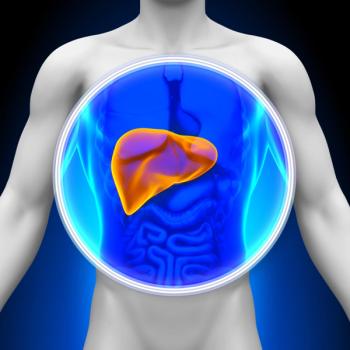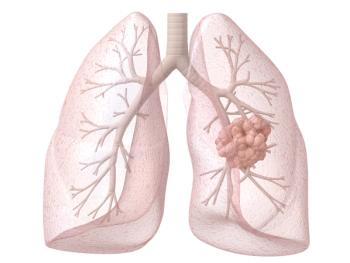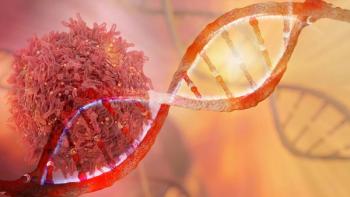
Oncology NEWS International
- Oncology NEWS International Vol 11 No 9
- Volume 11
- Issue 9
Drug Resistance Rising Among Newly Infected
SAN DIEGO, California-The prevalence of drug resistance in men newly infected with HIV is increasing, and such patients are more likely to fail initial antiretroviral therapy, according to a study of 202 subjects from 10 North American cities.
SAN DIEGO, CaliforniaThe prevalence of drug resistance in men newly infected with HIV is increasing, and such patients are more likely to fail initial antiretroviral therapy, according to a study of 202 subjects from 10 North American cities.
The proportion of new HIV infections that involve virus with high-level resistance to one or more drugs rose significantly from the period 1995 to 1998 (3.4%) to the period 1999 to 2000 (12.4%) (P = .002). The frequency of multidrug resistance increased from 1.1% to 6.2%. Subjects infected with drug-resistant HIV had a longer time to viral suppression after the initiation of antiretroviral therapy (P = .05) and a shorter time to virologic failure (P = .05).
"The increasing rates of transmission of drug-resistant virus observed in this study, coupled with the poorer response to treatment in patients with drug-resistant virus, suggest that resistance tests should be recommended routinely for patients with new infection," said Susan J. Little, MD, of the University of San Diego, and her co-investigators (N Engl J Med 347:385-394, 2002).
The researchers analyzed plasma samples from a cohort of men with primary HIV infection who had not yet received treatment and who were identified between May 1995 and June 2000. The subjects were predominantly white, non-Hispanics whose risk factor for HIV infection was having sex with other men.
Response to treatment could be evaluated in 202 of the study participants. A 50% inhibitory concentration (IC50) ratio of 10 was used as the resistance threshold (ie, high-level resistance).
In addition to phenotype testing for resistance using a rapid recombinant virus assay, the scientists performed genotype testing for frequency of resistance mutations. The results showed a rise in the percentage of subjects with one or more major drug-resistance mutations from 8% to 22.7% (P < .001) between the two time periods.
In an accompanying editorial, Martin S. Hirsch, MD, of Massachusetts General Hospital, called the report "a cause for concern but not alarm," since, despite the significant increase in the prevalence of resistance, "the overall prevalence of high-level multidrug resistance remained low (6.2%)." And even though patients with fully susceptible virus receiving therapy had a shorter time to viral suppression and a longer time to virologic failure, "suppression was still achieved by 24 weeks in all but one patient regardless of the patterns of susceptibility."
Dr. Hirsch reiterated that testing for antiretroviral drug resistance "should now be incorporated into the treatment of all patients in whom antiretroviral drugs are used."
Articles in this issue
over 23 years ago
Tumor-Specific Idiotype Vaccines Promising in B-Cell Lymphomasover 23 years ago
Childhood Survivors May Not Know Their Past Rxover 23 years ago
Pemetrexed/Gemcitabine Promising in Advanced Pancreatic Cancerover 23 years ago
Physician Experience Predicts HIV-Related Mortalityover 23 years ago
Eloxatin With 5-FU/LV Approved for Recurrent Colon Cancerover 23 years ago
Comprehensive Geriatric Evaluations Improve Careover 23 years ago
Nordion’s Monte Carlo Dose Calculation Software Approvedover 23 years ago
No Strong Link Between Breast Cancer Risk and Pollutantsover 23 years ago
Imatinib Inactive in Sarcomas That Lack C-KIT/PDGFNewsletter
Stay up to date on recent advances in the multidisciplinary approach to cancer.
































































































